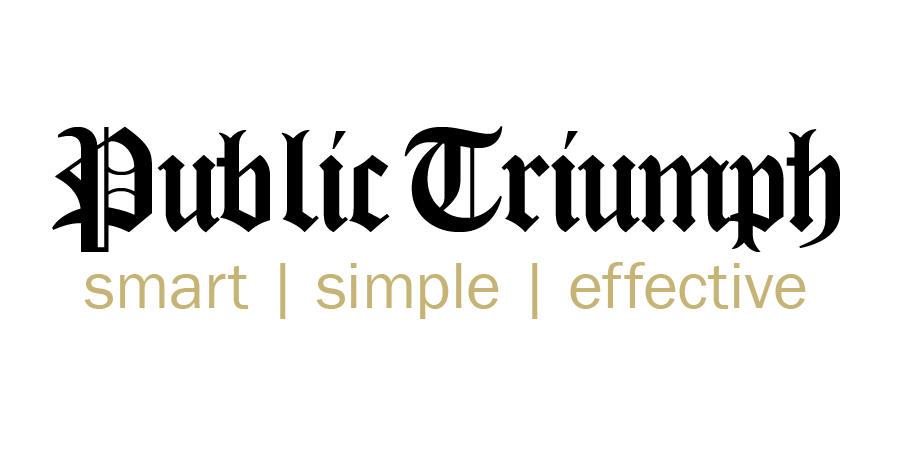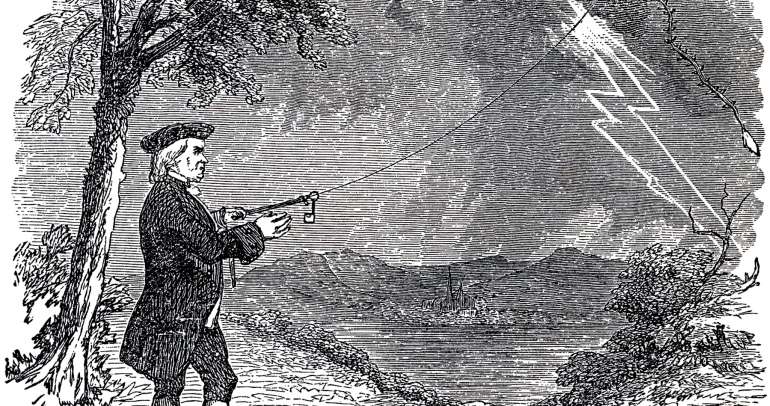The Triumph SEO Series. Create opportunities and find gold in the Long Tail!
When people search for you or your business on the internet, they use specific words such as your name or the name of your business. These keywords, if you will, about you are not common unless you are a household name or your business is. These long tail keywords account for the majority of search driven traffic.
Long tail keywords are the opposite of “head terms”. Head terms are the popular and simple terms; the most frequently searched. For example, “grocery store” is a head term, but “organic foods in the Flint, Michigan area” is a long tail keyword or phrase.
It is a common search marketing error to look no further than head terms when developing a pay-per-click (PPC) advertising campaign or attempting to optimize content. However, the less-popular terms offer the best return on investment (ROI) because they are less expensive in a PPC campaign, and rank less competitively in organic search results. Furthermore, people who search using these terms generally know what they are looking for, are more qualified buyers, and are more likely to purchase.
There are many keyword suggestion tools. The most common is the Google Keyword Planner. Most keyword planning tools return limited lists of the most popular keywords. So, keyword search tools can be helpful in showing a range of the mean or highest average of relevant keywords (the head terms). It is more than a standard deviation away from the mean to find terms that are specific to you, hence the term “long tail”.
But if you are a smaller business fighting for search engine ranking and recognition in general, the long tail is where you will find your greatest opportunity. You will find the least expensive keywords in the long tail. If you can accurately assess which words are used to find a business like yours, you can create content on your site that will help you gain search optimization. Use the long tail keywords in your public relations efforts. Here are some ways to choose the right ones.
1. Get back to the fundamentals of who you are, why you are in business, and what is different about you. I repeat…get back to what is different about you. Your rewards in business and in life are based on your difference. Public relations are about telling the story of that difference. Make sure that your content tells that difference.
2. If your business is locally based, make sure that the location or name of your city is emphasized throughout your content. If not, make sure that there is emphasis on “statewide”, “nationwide”, etc.
3. If there is anyone who is well-known who is associated with your business, make sure that person’s name is included appropriately in your content. That applies to your name too if you want to promote yourself and your qualifications as an owner or principal.
4. Stress benefits more than features of your products or services in your content.
5. In media encounters, discuss benefits of your products and services, your differences, your qualifications and your brand name every opportunity you get. Create opportunities to do this, as good media coverage will provide greater SEO and publicity benefits than ad campaigns ever will.
Public relations for small businesses and entrepreneurs must do everything possible to ensure that your content and media coverage is optimized for search traffic. Furthermore, use the keywords in the content you control, such as your blog or website. Make sure your PR efforts tell the story of your specialization with the right keywords.
You will always find greater value and less competition in the long tail.




